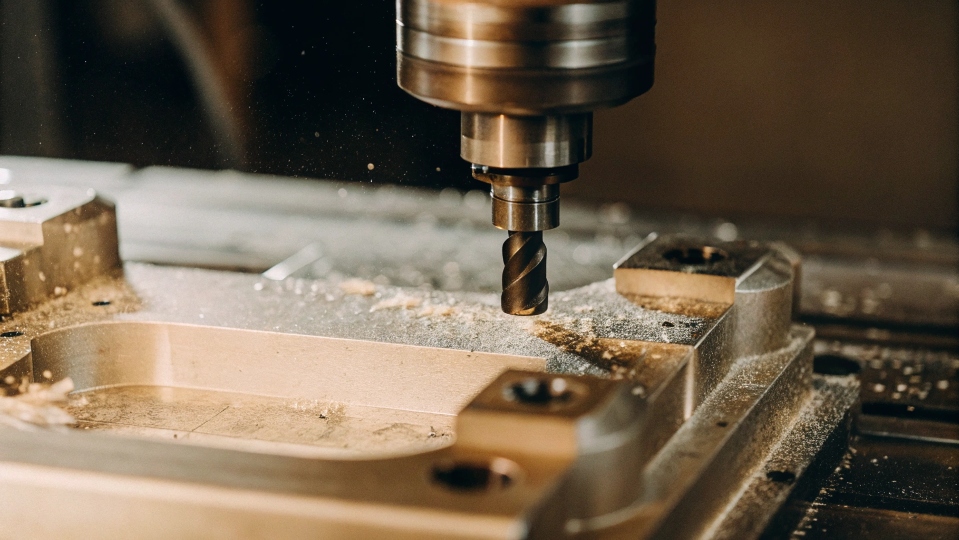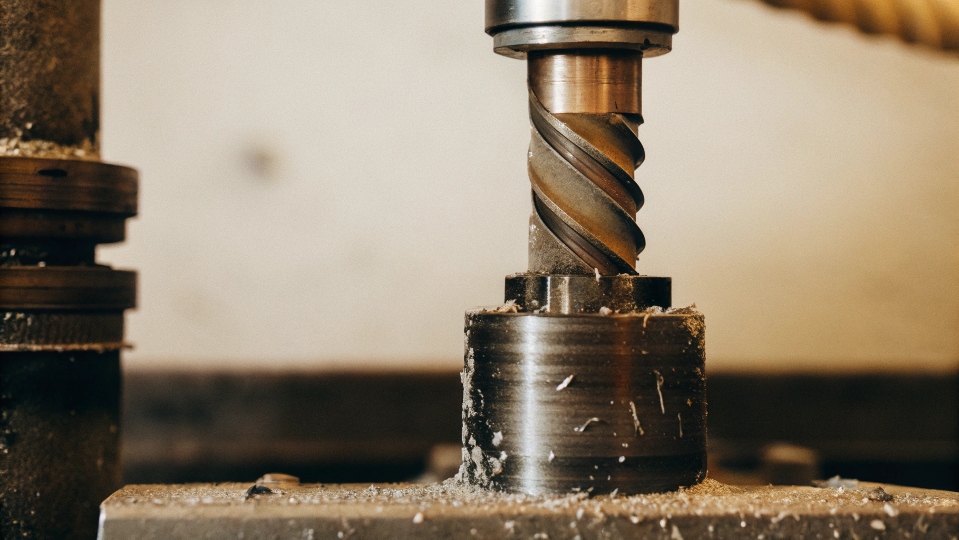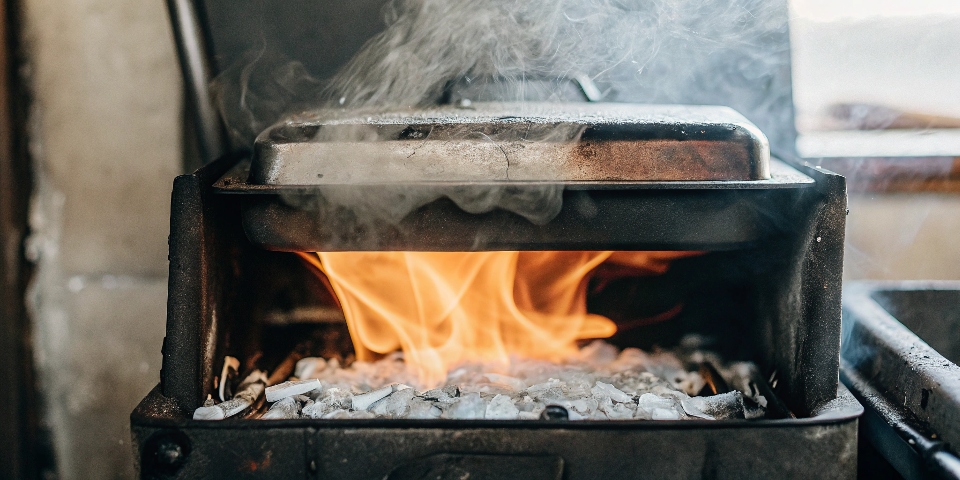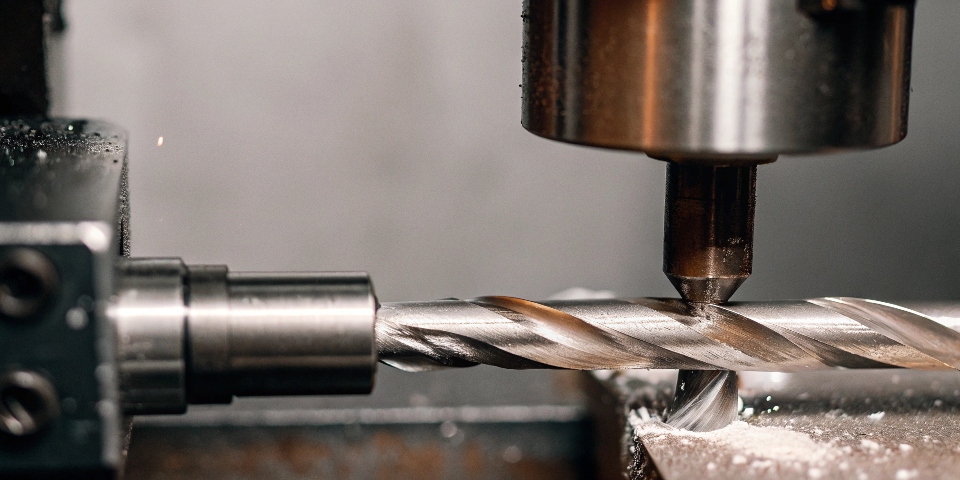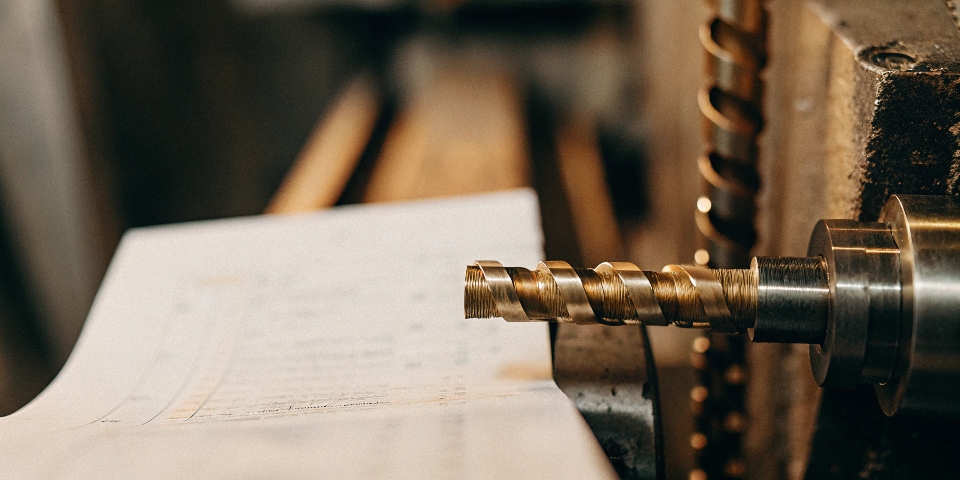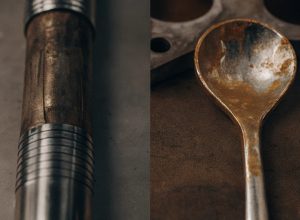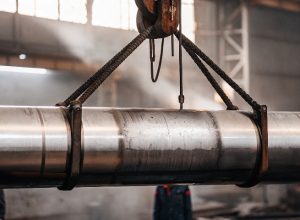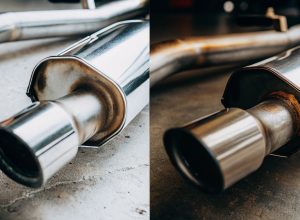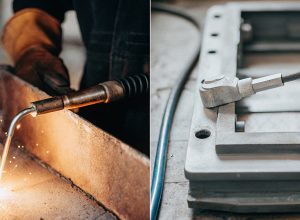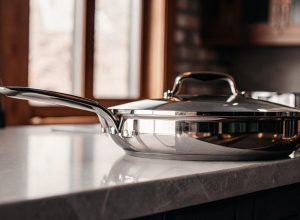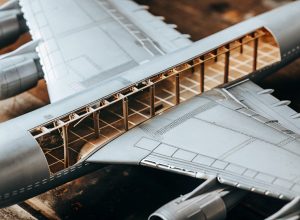¿Está considerando el titanio para un proyecto pero le preocupa que sea demasiado difícil de mecanizar? Esta indecisión podría costarle cara, ya que los métodos inadecuados arruinan el costoso material y dañan las herramientas. Pero es muy posible.
Sí, se puede mecanizar titanio. El éxito requiere el uso de herramientas muy afiladas, velocidades de corte lentas, altas velocidades de avance, y una constante inundación de refrigerante1. La clave está en controlar el calor y la presión, ya que el titanio se comporta de forma diferente al acero o el aluminio durante el corte.
Saber que se puede mecanizar titanio es el primer paso. La verdadera clave para evitar errores costosos es comprender los retos específicos que presenta y por qué se producen. Este conocimiento es lo que separa un proyecto de éxito de un montón de chatarra. Vamos a desglosar exactamente lo que necesita saber antes de empezar a cortar.
¿Es difícil mecanizar el titanio?
Seguro que ha oído hablar de la pesadilla que supone mecanizar titanio. Esta reputación puede hacer que evite utilizar un material que, de otro modo, sería perfecto. La dificultad es real, pero se vuelve manejable una vez que entiendes por qué.
El titanio es más difícil de mecanizar que los aceros o el aluminio porque tiene muy baja conductividad térmica2 y endurece el trabajo3. Esto significa que el calor se concentra en la herramienta de corte, desgastándola rápidamente.
Recuerdo a un cliente, Ahmed, que dirige una empresa de distribución de metales en Turquía. Primero intentó mecanizar titanio de grado 5 igual que mecanizaría acero inoxidable. Me llamó muy frustrado porque había destruido tres costosas herramientas de metal duro en menos de una hora. Repasamos juntos el proceso a través de una videollamada. Le expliqué los principales problemas que había detrás de su experiencia.
El problema del calor (baja conductividad térmica)
Cuando se mecaniza aluminio o acero, gran parte del calor de la acción de corte fluye hacia la pieza y las virutas. El propio material ayuda a refrigerar la herramienta. El titanio hace lo contrario. Es un mal conductor del calor, por lo que actúa como un aislante. Toda la energía de corte y el calor se concentran en la punta de la herramienta de corte. Este calor extremo reblandece la herramienta, provocando su rápido desgaste.
El problema del endurecimiento (endurecimiento del trabajo)
El titanio tiende a endurecerse cuando se trabaja. La presión y el calor de la herramienta de corte hacen que la capa superficial del titanio sea más dura que el metal que hay debajo. Esto significa que la siguiente pasada de la herramienta está intentando cortar un material mucho más duro que la primera pasada. Si la herramienta vacila o roza en lugar de cortar limpiamente, el problema se agrava aún más. Por eso hay que mantener un avance constante y agresivo para permanecer "debajo" de la capa endurecida.
| Propiedad | Titanio (Ti-6Al-4V) | Aluminio (6061) | Acero al carbono (1018) |
|---|---|---|---|
| Conductividad térmica | Bajo | Alta | Medio |
| Endurecimiento del trabajo | Alta | Bajo | Bajo-Medio |
| Dificultad de mecanizado | Alta | Bajo | Bajo |
Después de nuestra llamada, Ahmed ajustó las velocidades y los avances de su máquina y cambió a un refrigerante por inundación de alto volumen. Su siguiente intento fue todo un éxito. No se trata de que el titanio sea imposible, sino de respetar las reglas del material.
¿Cuáles son los riesgos del mecanizado del titanio?
Trabajar con cualquier material nuevo conlleva riesgos desconocidos que pueden salir caros. Un solo error con el titanio puede provocar la ruina de una pieza, la rotura de una herramienta o una situación aún más peligrosa. Pero si conoce los principales riesgos, podrá prepararse para ellos.
Los mayores riesgos son el desgaste extremo de la herramienta, un mal acabado superficial de la pieza e incluso un peligro de incendio4 de los chips. El sobrecalentamiento es la causa de todos estos problemas.
Los peligros son muy reales y, en mis 12 años en este negocio, he aprendido que no se pueden tomar atajos. Las prácticas que utilizamos proceden directamente de industrias como la aeroespacial, donde la seguridad y la precisión no son opcionales.
Avería de herramientas y daños en las piezas
Debido al intenso calor, una herramienta de corte utilizada en titanio se desgastará mucho más rápido que una utilizada en acero. A medida que la herramienta se desafila, deja de cortar limpiamente. En su lugar, empieza a rozar y empujar el metal. Este roce genera aún más calor, lo que provoca un mayor endurecimiento por deformación, y la situación empeora rápidamente. Esto puede provocar la rotura repentina de la herramienta. También puede arruinar la precisión dimensional y el acabado superficial de su costosa pieza, obligándole a desguazarla.
Peligro de incendio
Se trata de un riesgo que muchas personas que se inician en el titanio no tienen en cuenta. Las virutas finas o el polvo de titanio son altamente inflamables. Pueden inflamarse espontáneamente sólo por el calor del proceso de corte o por una simple chispa. He oído historias de talleres que no tenían buenos protocolos de limpieza de virutas. Un pequeño incendio se inició en la bandeja de virutas de la máquina y rápidamente se descontroló. Por este motivo, nuestros fabricantes asociados utilizan siempre un refrigerante no inflamable y soluble en agua, y cuentan con procedimientos estrictos para limpiar constantemente las virutas de la zona de trabajo. La seguridad es esencial.
Reactividad química
A las altas temperaturas que se generan durante el mecanizado, el titanio se vuelve químicamente reactivo. De hecho, puede empezar a soldarse al material de la herramienta de corte. Este fenómeno, denominado gripado, destruye la herramienta y deja un terrible acabado superficial en la pieza. El recubrimiento adecuado de la herramienta ayuda a evitarlo, pero controlar la temperatura es la mejor prevención.
¿Qué se utiliza para mecanizar el titanio?
Utilizar herramientas inadecuadas para el mecanizado de titanio es la forma más rápida de perder tiempo y dinero. No puede utilizar las mismas herramientas que utiliza para el acero porque fallarán casi de inmediato. Necesitas herramientas y configuraciones específicas.
Para mecanizar titanio con éxito, debe utilizar herramientas de metal duro micrograno5A menudo con un revestimiento especial, como el nitruro de titanio y aluminio (TiAlN). También se necesita una máquina herramienta muy rígida y un sistema de refrigeración de alta presión.
Siempre les digo a mis clientes que no se trata de ahorrar unos dólares. La calidad de su utillaje y de su configuración determinará directamente su éxito. La inversión inicial se amortiza evitando piezas defectuosas y herramientas rotas.
Herramientas de corte y revestimientos
El carburo es el material estándar para las herramientas porque mantiene su dureza a las altas temperaturas a las que se mecaniza el titanio. Estas herramientas también deben tener un recubrimiento especializado. El TiAlN es una opción popular porque actúa como barrera térmica, protegiendo del calor al carburo que hay debajo. También es muy resbaladizo, lo que ayuda a evitar que las virutas se suelden a la herramienta. Para nuestros clientes de Europa y Norteamérica, que exigen la máxima calidad, nos aseguramos de que nuestros socios fabricantes utilicen herramientas de las mejores marcas alemanas y japonesas en sus avanzadas máquinas de 5 ejes.
Rigidez de la máquina y del portapiezas
Cualquier vibración durante el mecanizado es su enemigo. Las vibraciones provocan que la herramienta se astille y se rompa. También provoca un mal acabado superficial. Para evitarlo, la propia máquina debe ser muy pesada y rígida. La configuración para sujetar la pieza, conocida como sujeción de la pieza, es igual de importante. La pieza de titanio debe sujetarse lo más firmemente posible y lo más cerca posible de la zona de corte, para reducir cualquier posibilidad de que se mueva o vibre.
La importancia del refrigerante
El refrigerante no es opcional; es fundamental. El método estándar es la "refrigeración por inundación", que consiste en sumergir constantemente la zona de corte en un flujo de refrigerante líquido. Una solución aún mejor es un sistema de refrigeración de alta presión que dispara un potente chorro de refrigerante directamente a la punta de la herramienta. Esto cumple dos funciones a la perfección: proporciona la máxima refrigeración para combatir el calor y expulsa físicamente las virutas de la zona de corte antes de que puedan causar problemas.
¿Es caro mecanizar el titanio?
Ya sabe que el material de titanio en sí es caro. Pero, ¿y el coste de convertir esa materia prima en una pieza acabada? Unos costes de mecanizado inesperadamente altos pueden arruinar rápidamente el presupuesto de su proyecto.
Sí, el mecanizado del titanio es bastante más caro que el de otros metales comunes. El coste del material, la lentitud del proceso de mecanizado y el alto índice de desgaste de la herramienta se combinan para aumentar el coste total.
Comprender exactamente de dónde proceden estos costes es el primer paso para gestionarlos eficazmente. Aquí es donde las decisiones estratégicas pueden marcar una gran diferencia en el precio final de un componente.
Tiempos de ciclo más lentos
Hay que cortar el titanio lentamente. Esto significa que la máquina CNC está ocupada durante mucho más tiempo para producir una sola pieza en comparación con la fabricación de la misma pieza con aluminio. El coste de funcionamiento de una gran máquina industrial es elevado, por lo que este "tiempo de ciclo" más largo aumenta directamente el coste de la pieza. Sencillamente, no se puede extraer material del titanio tan rápidamente como de otros metales.
Alto consumo de herramientas
Las herramientas de corte no duran mucho contra el titanio. Se gastan muchas más plaquitas y fresas de corte que en un trabajo normal con acero. Estas herramientas especializadas de carburo revestido son caras. Este coste de herramientas "consumibles" debe calcularse e incluirse en el precio final de la pieza.
La estrategia de ahorro
Aquí es donde mi trabajo como consultor de la cadena de suministro realmente ayuda a mis clientes. Para muchas empresas, incluidos distribuidores como Ahmed en Turquía, no tiene sentido desde el punto de vista financiero realizar internamente el pesado y laborioso mecanizado "en bruto". Les obliga a tener las máquinas y el personal demasiado tiempo ocupados. En su lugar, nos subcontratan este paso. Nos envían un diseño y nuestros socios expertos de China se encargan de la eliminación inicial del material pesado. Nos acercamos a la forma final, creando lo que se denomina una forja o pieza en bruto de "forma casi neta". A continuación, enviamos esta pieza al cliente. Ellos sólo tienen que realizar los cortes de acabado finales y precisos. Esta estrategia les ofrece lo mejor de ambos mundos: aprovechan la fabricación rentable de China para el trabajo pesado y utilizan sus propios recursos para el trabajo de acabado de alto valor.
Conclusión
El mecanizado de titanio es un reto, pero absolutamente factible con la estrategia adecuada. Requiere herramientas, técnicas y planificación de costes adecuadas. Con estos conocimientos, podrá utilizar con confianza este increíble material.
-
Aprenda cómo el refrigerante afecta al proceso de mecanizado y evita el desgaste de la herramienta cuando se trabaja con titanio. ↩
-
Este recurso explica el impacto de la conductividad térmica en el mecanizado del titanio y cómo gestionarlo. ↩
-
Comprender el endurecimiento por deformación es clave para el éxito del mecanizado; este enlace proporciona información valiosa. ↩
-
Conozca los riesgos de incendio al mecanizar titanio y cómo mitigarlos eficazmente. ↩
-
En este enlace se explican las ventajas de utilizar herramientas de metal duro micrograno para el mecanizado de titanio. ↩

